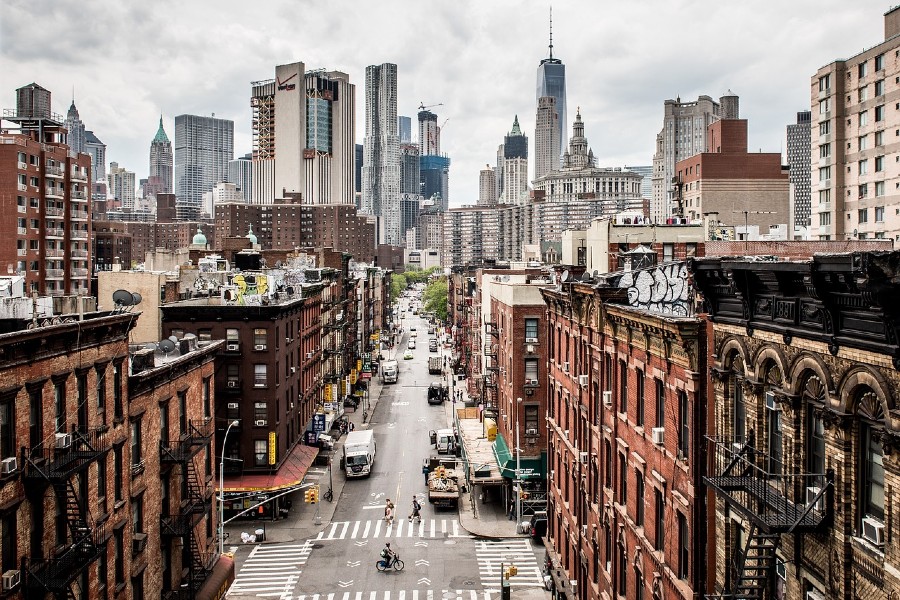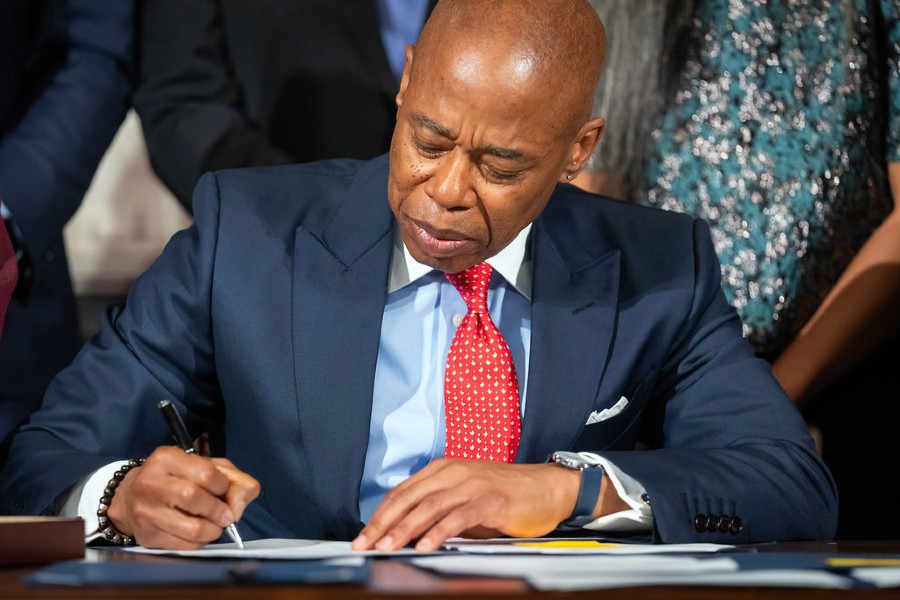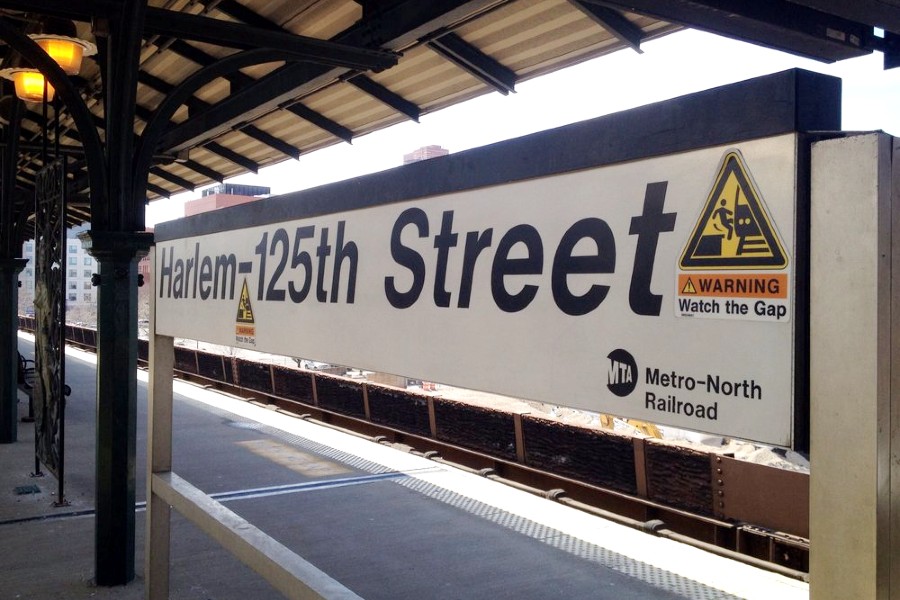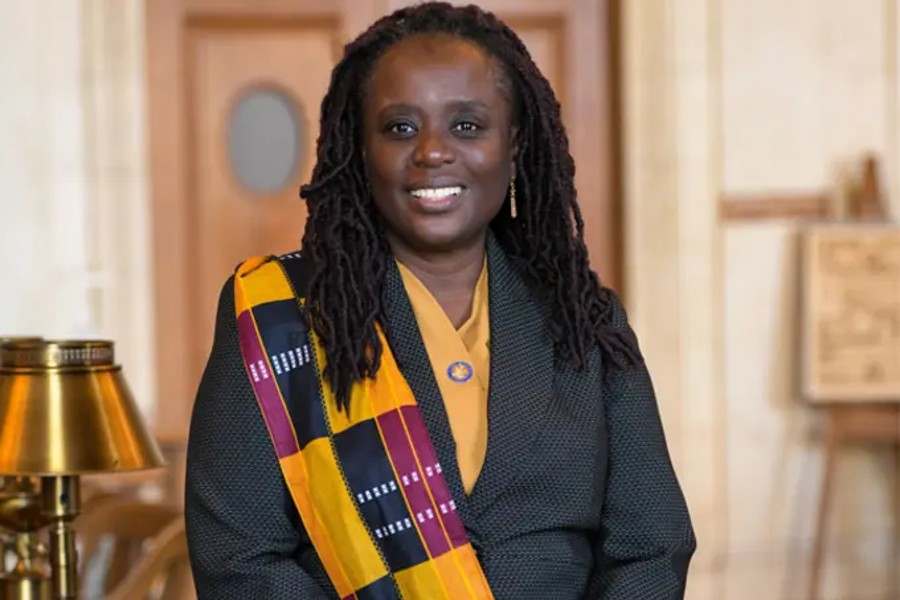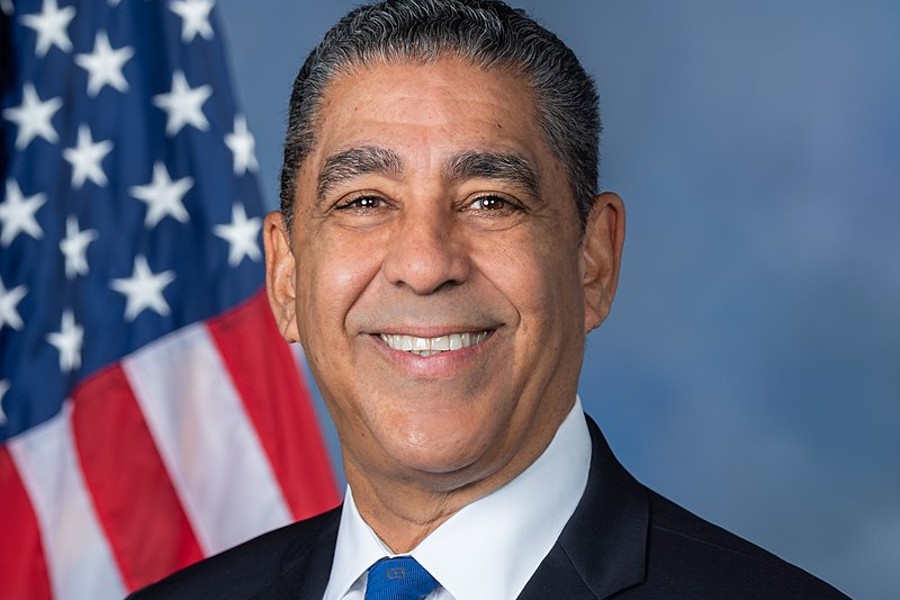 Council Member Mark Levine joined the Bus Turnaround Coalition as they released a new, interactive online district-level bus report card tool that allows bus riders and elected officials to see, at a glance, the quality of bus service in their districts. That tool, which users can access at www.busturnaround.nyc/district, shows users detailed and easy to understand information about bus speeds, reliability and ridership in their neighborhoods. Unsurprisingly, the data reveal that most districts have significant problems with slow speeds and bus bunching, leading to delays and poor service quality for 2.5 million daily bus riders.The new district-level bus report card displays bus speeds, reliability and ridership patterns for every State Senate, Assembly, New York City Council, and Community Board district in the five boroughs. Bus riders are now able to compare the comprehensive-wide statistics to their everyday experiences. Transit advocates can use this new tool to engage elected officials about the declining quality of bus service constituents frequently call to complain about.
Council Member Mark Levine joined the Bus Turnaround Coalition as they released a new, interactive online district-level bus report card tool that allows bus riders and elected officials to see, at a glance, the quality of bus service in their districts. That tool, which users can access at www.busturnaround.nyc/district, shows users detailed and easy to understand information about bus speeds, reliability and ridership in their neighborhoods. Unsurprisingly, the data reveal that most districts have significant problems with slow speeds and bus bunching, leading to delays and poor service quality for 2.5 million daily bus riders.The new district-level bus report card displays bus speeds, reliability and ridership patterns for every State Senate, Assembly, New York City Council, and Community Board district in the five boroughs. Bus riders are now able to compare the comprehensive-wide statistics to their everyday experiences. Transit advocates can use this new tool to engage elected officials about the declining quality of bus service constituents frequently call to complain about.
“Our analysis shows that unreliable, slow bus service is a problem in neighborhoods throughout the city. On routes serving Harlem, the West Village, Flatbush, and Canarsie 1 out of every 7 buses arrives bunched. If you’re a regular bus rider in those places, a bunched bus and an unexpectedly long wait is something you encounter every week. When service becomes this unpredictable, it’s hard for New Yorkers to put their faith in the bus, and it’s no wonder that bus ridership has been dwindling,”said Tabitha Decker, NYC Program Director at TransitCenter.
The bus report cards also make it easy to spot the districts where buses are slowest and most bunched.
Council Member Mark Levine said, “Sadly, this report shows us what many uptown residents already know, that bus service in our community is among the worst in the city. MTA Bus service is a critical piece of New York’s infrastructure, and yet countless New Yorkers, predominantly in low income communities, are still underserved by limited transit options, plaguing them with long commutes. We must do everything we can to reverse the trend of inadequate bus service in our neighborhoods. I applaud the Riders Alliance for their invaluable leadership on this issue, and I join them in calling for these cost-effective improvements that would dramatically improve service for New Yorkers.”
Citywide, buses average 7.4 miles per hour. The impacts of service declines are apparent in ridership data: from 2002 to 2015, bus ridership fell 16%, despite citywide population growth and record subway ridership.
In July, the Bus Turnaround coalition released its report, “Turnaround: Fixing New York City’s Buses.” The report highlights cities like London and Seoul that have managed to transform their bus networks, leading to increased ridership systemwide, and identifies key steps to fix our city’s bus network:
- More frequent service on routes with high ridership or high ridership potential
- Redesign of routes with obsolete or indirect routing
- Use the post-Metrocard fare payment system to allow all-door bus boarding
- Overhaul bus dispatching and on-street control
- Create more bus lanes and widespread traffic signal priority for buses
- Report bus performance in ways riders can easily understand and institute a comprehensive open data policy.
Review more stories regarding Mark Levine.
Become a Harlem Insider!
By submitting this form, you are consenting to receive marketing emails from: Harlem World Magazine, 2521 1/2 west 42nd street, Los Angeles, CA, 90008, https://www.harlemworldmagazine.com. You can revoke your consent to receive emails at any time by using the SafeUnsubscribe® link, found at the bottom of every email. Emails are serviced by Constant Contact



